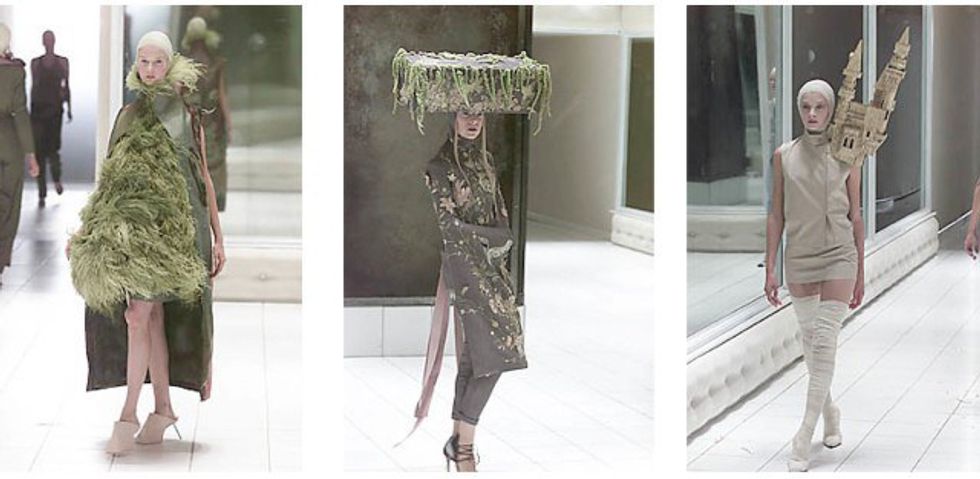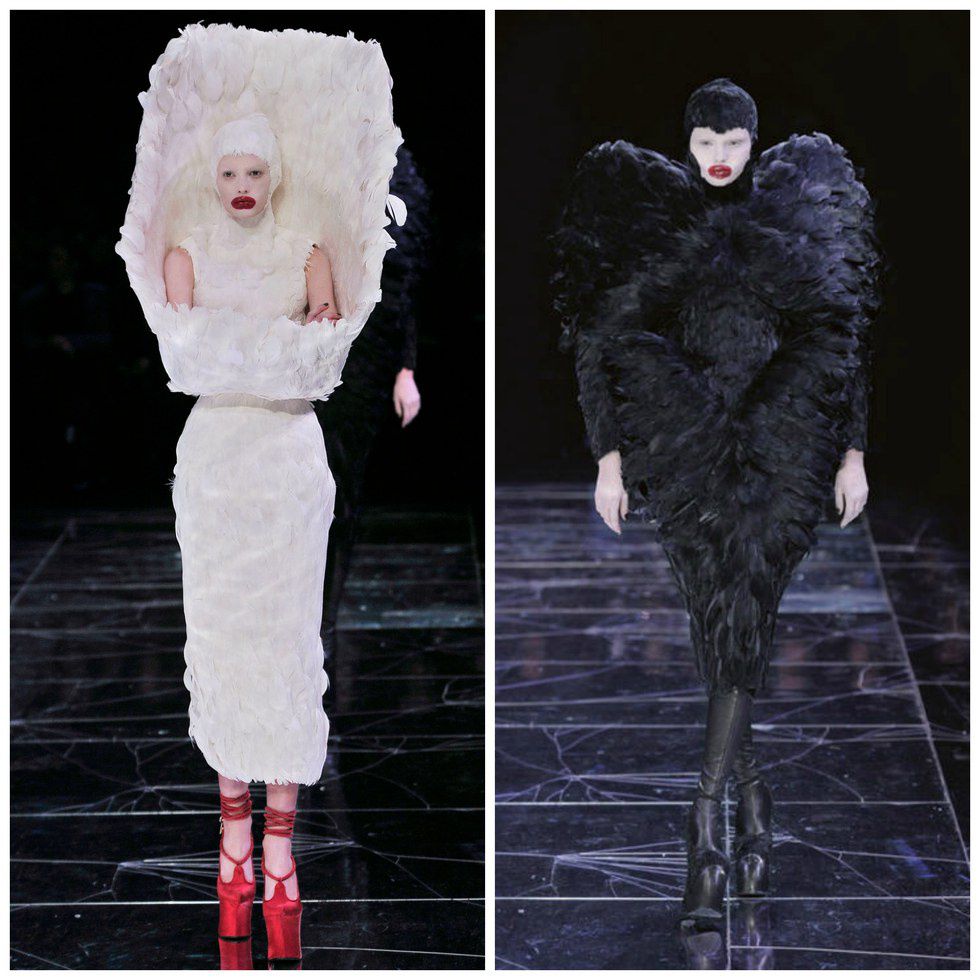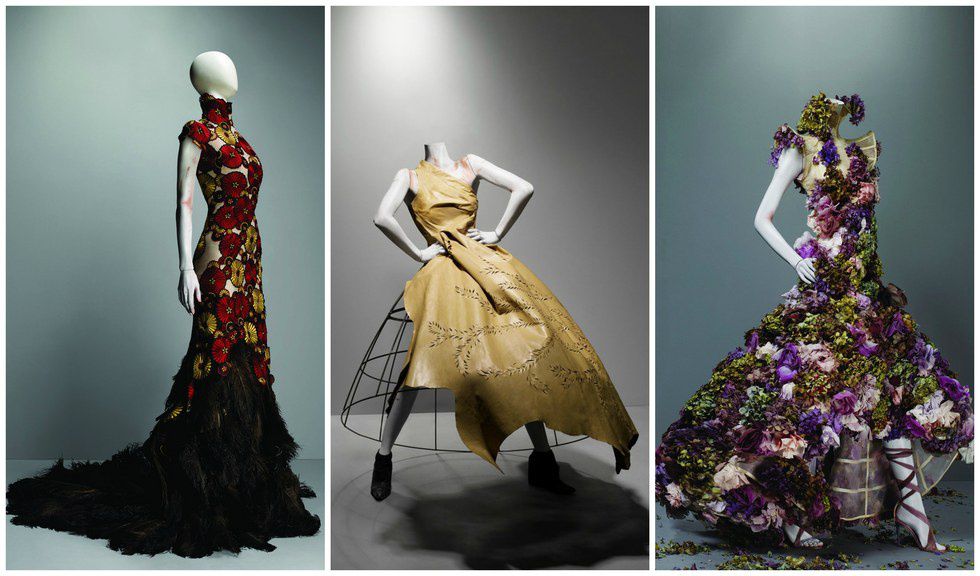We often argue over what makes art "good." The judgment of art is fundamentally subjective, and generally can be reduced down to personal taste. Some will argue that "good art" is defined by the cultural significance of a piece, while others will defend art which purposefully lacks meaning. Or perhaps some will declare that the amount of technical skill involved is paramount, while others will insist that the value of art lies in its ability to portray emotion.
But what if we measure art's excellence through the artist? What if we analyze artworks not as individual pieces, but as parts of an artist's history?
Here, I will not posit an objective way to view art. Such an invention is impossible. However, I will suggest a way to analyze artworks, not as individual pieces, but as parts of an artist's history.
But how do we quantify an artist's skill? Is it grounded in the years of training and use of special techniques? Or is it determined by innovation and creativity? These are questions which must be answered by taste, and taste alone.
But what if we look at art through the lens of a craft which is often discounted as an art -- fashion?
High fashion has an extremely wide audience, ranging from fashion critics who discuss whether any given fashion house will "go out of vogue" in the next season, to the average civilians who scrunch their noses and ask "who would wear that?"
It is an art form
which is polluted by the ignorance of the general public. Let us take, for example, the last two
dresses from Alexander McQueen's A/W 2009 show The
Horn of Plenty.
They're hideously terrifying! The feathers are overwhelming, the shapes are impractical, the makeup is atrocious -- it embodies the over-the-top, pointless, controversy-driven attitude which avant-garde art simply loves to embrace. More importantly, no one can or would wear either.
But a fashion critic will tell you they are works of genius. The silhouettes and makeup are exaggerations upon trends from the 1950s, and serve not only as a homage to the past but also as a powerful, and perhaps hypocritical, commentary on the absurdity of the fashion industry. A slim white dress which restricts motion; a voluminous black dress which explodes the bodily proportions: trapped in life, and freed by death. A dark message which was delivered in 2009, one year before McQueen committed suicide.
Two very different views, both equally valid.
Fashion is a dangerous art form. It is a medium meant for both general consumption and artistic statement. Therefore, the survival of a fashion house rests heavily on two key aspects: their public image and their innovation. They must establish and maintain a persona through the clothing they produce, while battling harsh criticism for stagnant art.
Let's return to Alexander McQueen (how can I resist -- he's a favorite of mine). Pictured below are some of his most famous works.
All very different, yet all reflecting the themes and elements which McQueen loved: exoticism, romanticism, nationalism, etc. Anyone who has spent some time looking at McQueen's works can recognize these outfits as his, despite their lack of common elements.
What if we use the same perspective to analyze other art forms? Let us define good art as art which has the artist's signature. Good artists are artists who can balance variety and consistency throughout their artworks. Interestingly, many popular "good" artists do satisfy these criteria. If I were to play an obscure piece of music by Beethoven, a casual classical music listener would surely be able to identify it as his. The same can be said of Picasso's paintings or Raymond Carver's short stories.
And how about art which I would consider "bad?" Perhaps the music of Hector Berlioz, which is unrecognizable due to his lack of a consistent musical style. Or anything on a Victoria's Secret runway, which would be immediately recognizable simply due to the fact that everything looks exactly the same. (Some of you may argue that VS is intended for public consumption, and therefore should not be considered as art. I will tell you that I was simply trying to find a fashion brand which I dislike as much as I dislike Hector Berlioz. After all, art is subjective.)
And with that, I leave you, the average civilian, with one request: give high fashion a chance. We often sit around and laugh at Moschino's traffic-cone-inspired outfits, or Chanel's absurdly large hula-hoop bags. But if you take a step back, and see each designer as an artist who is struggling to survive in a harsh industry, perhaps you will begin to see art differently.























